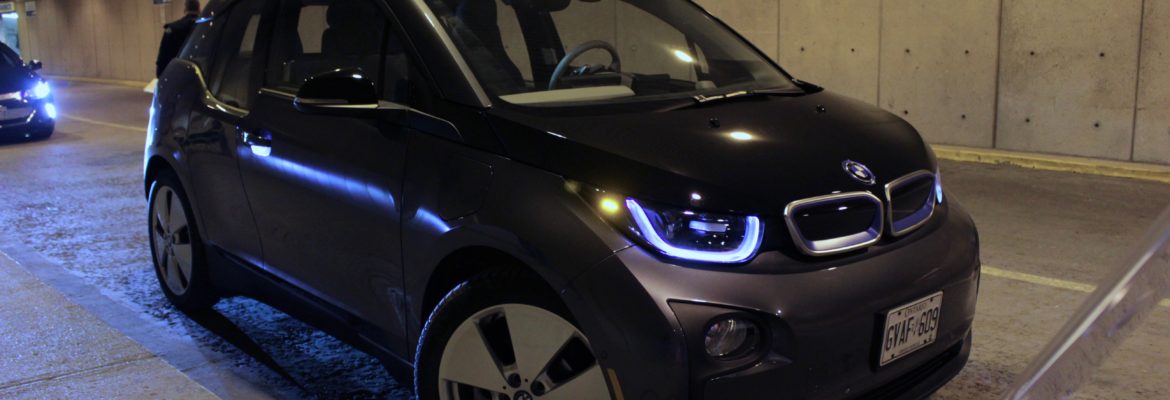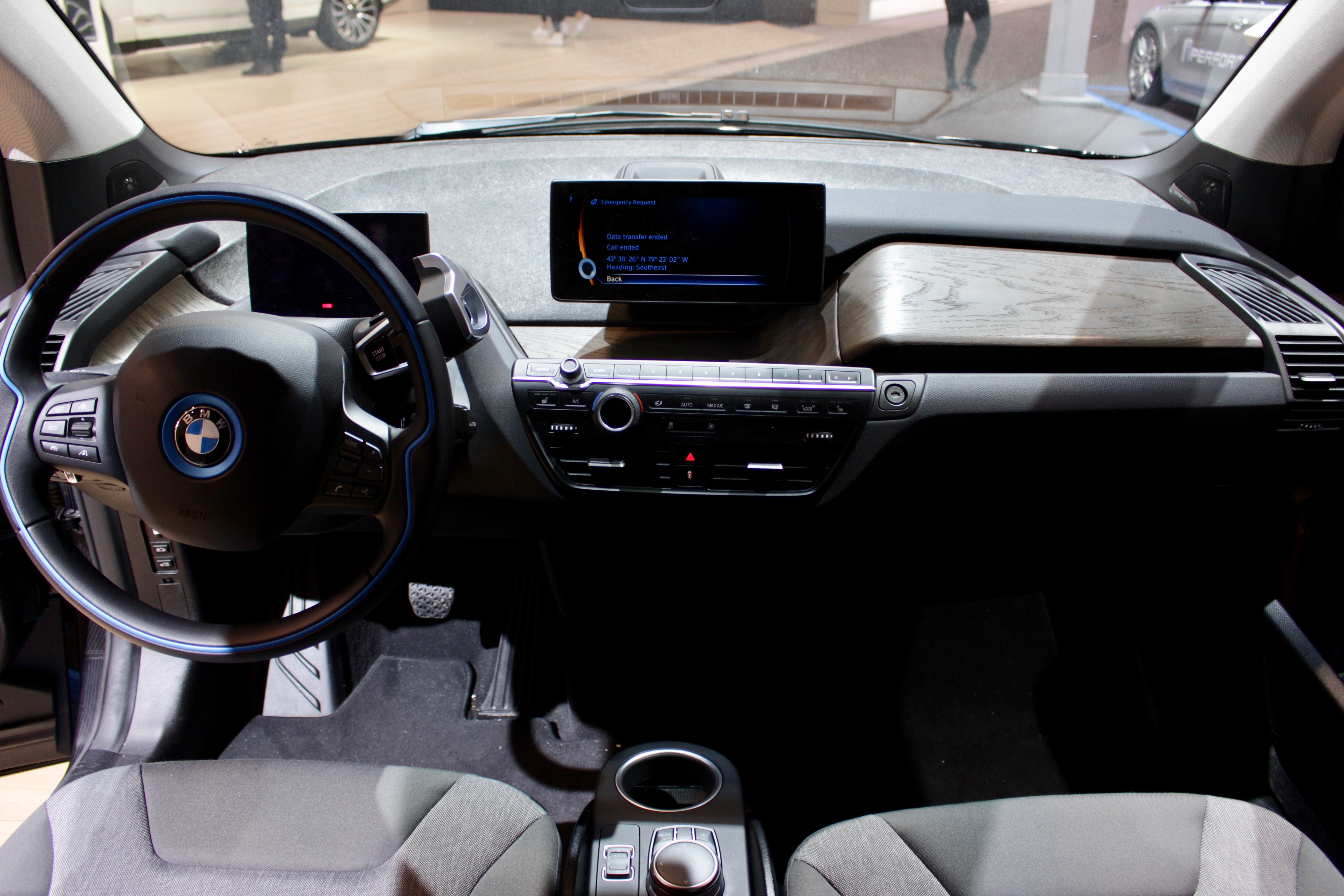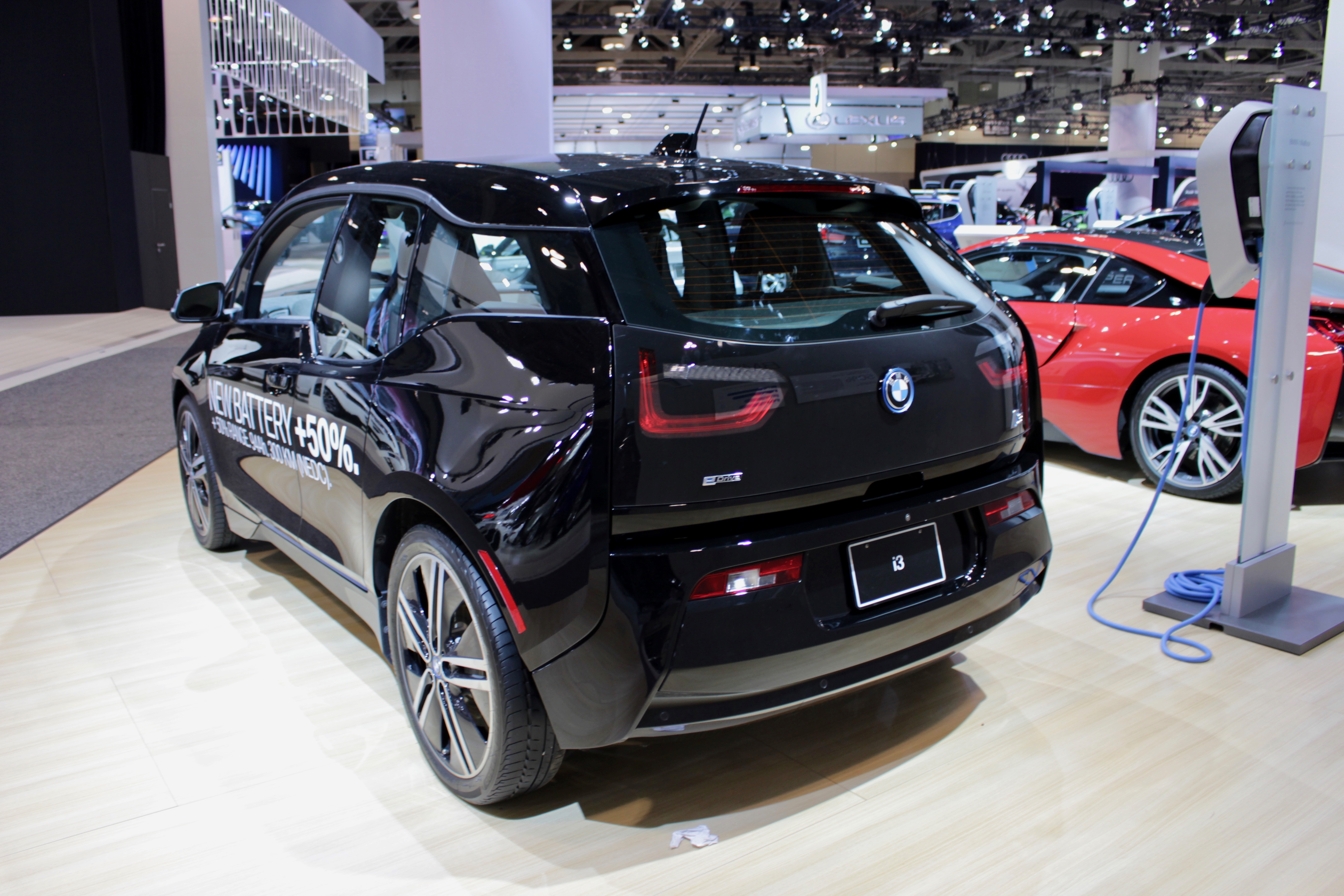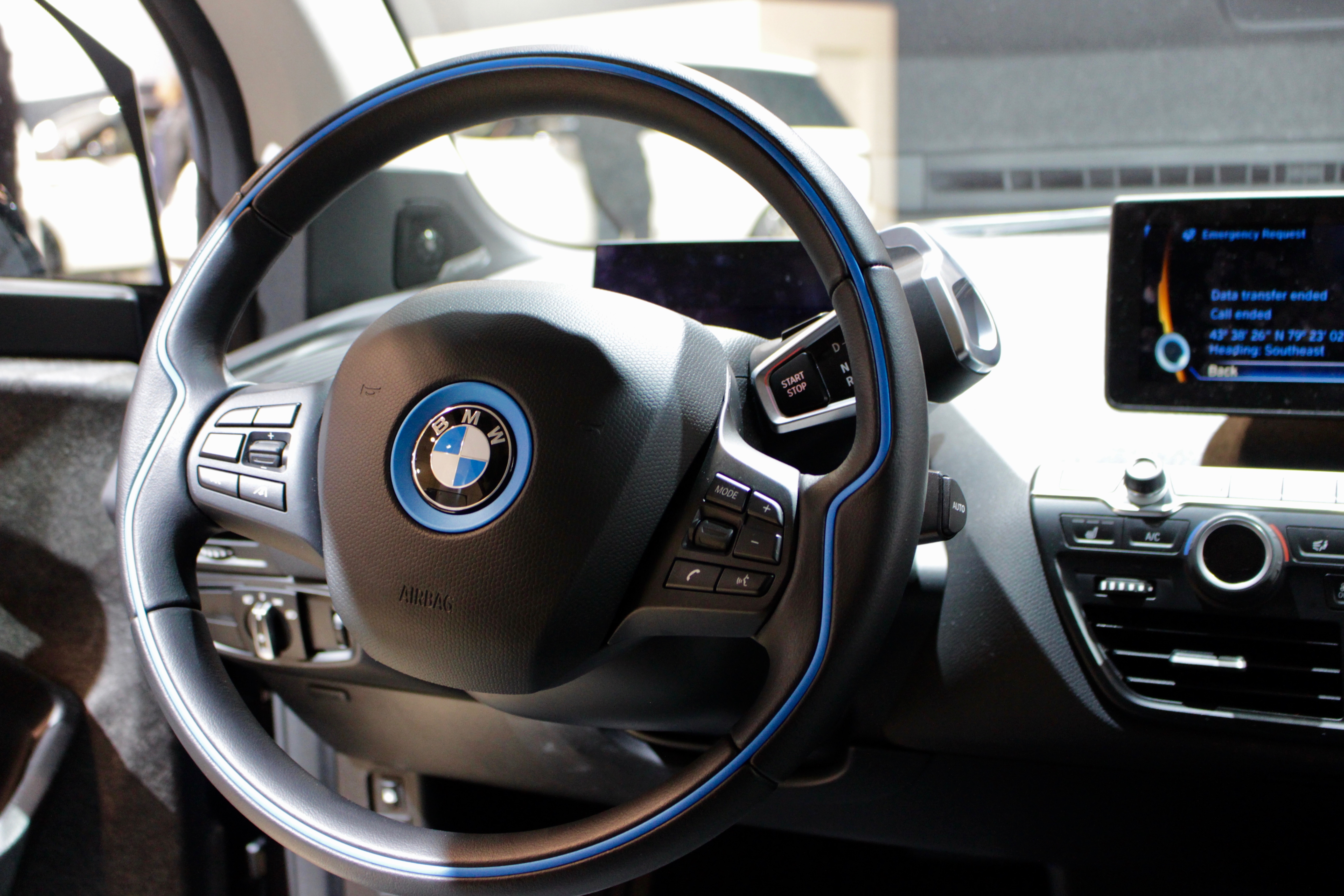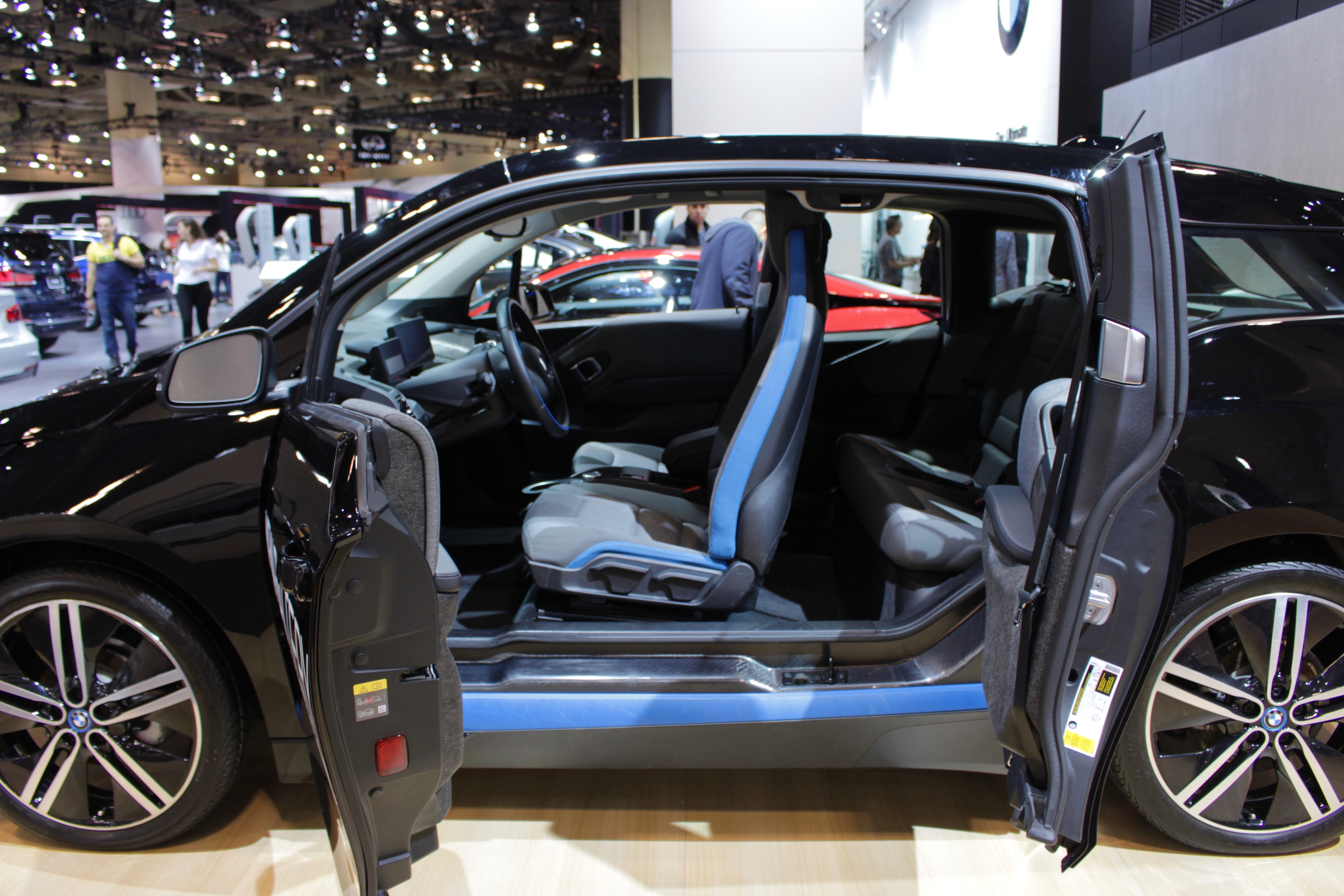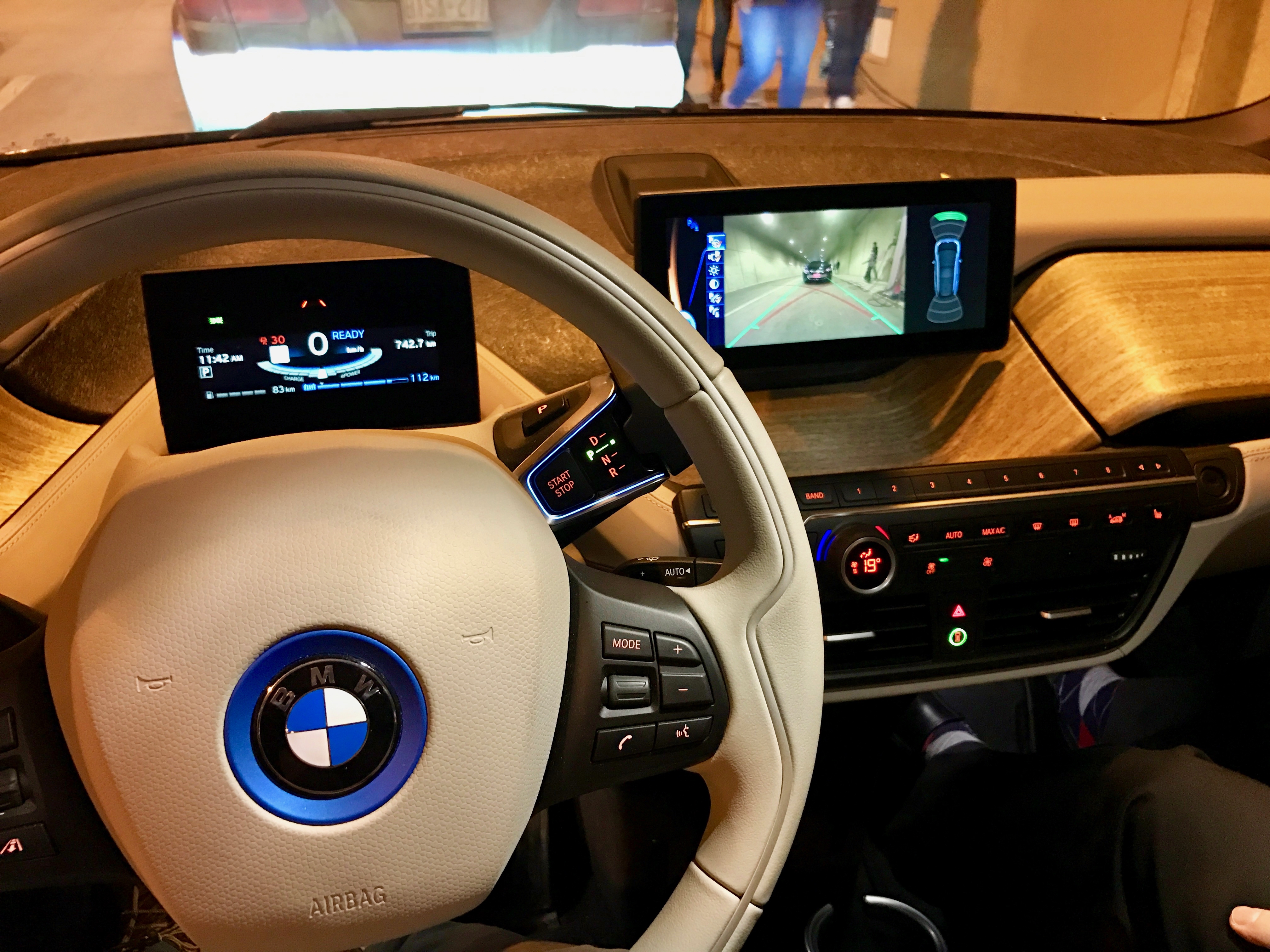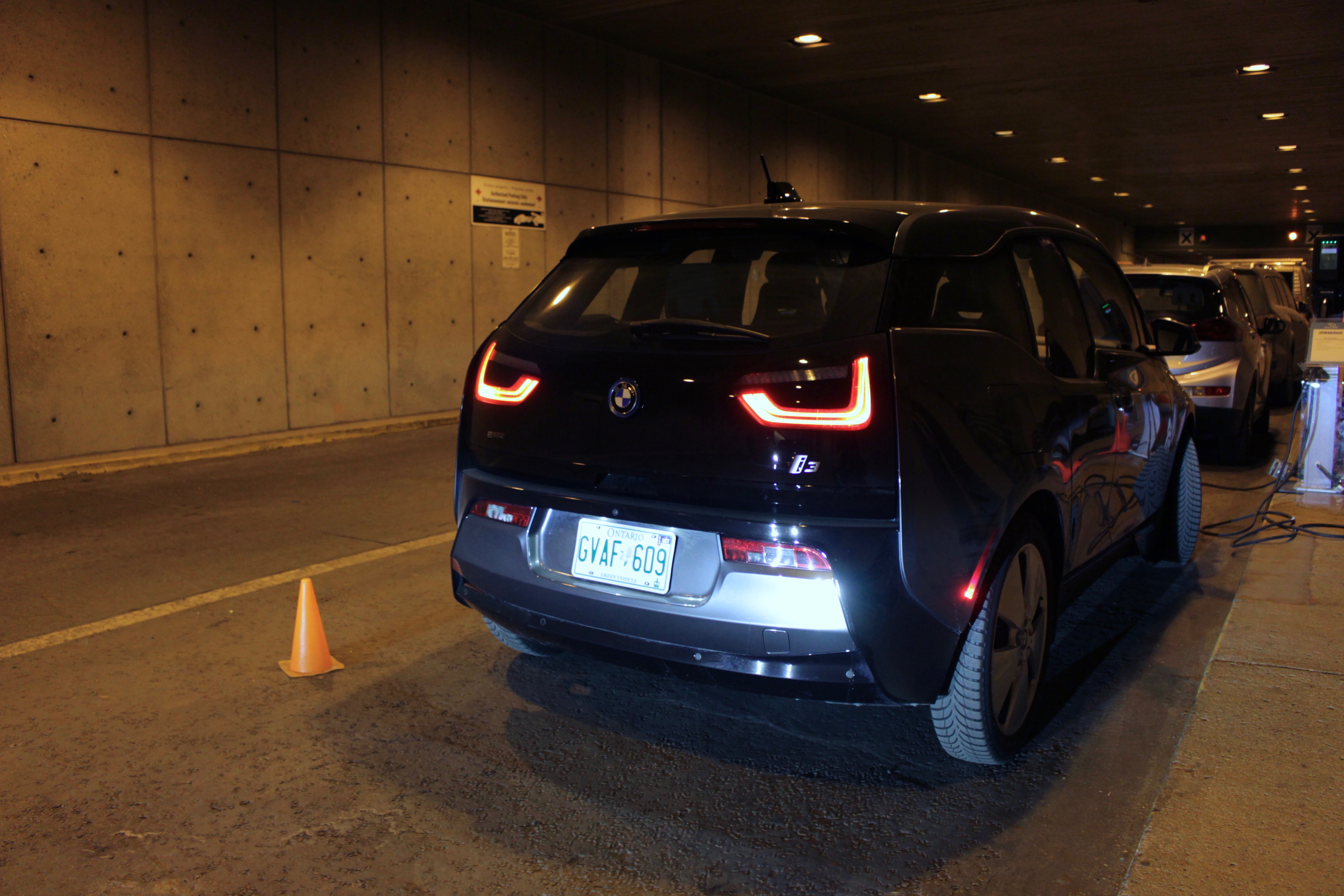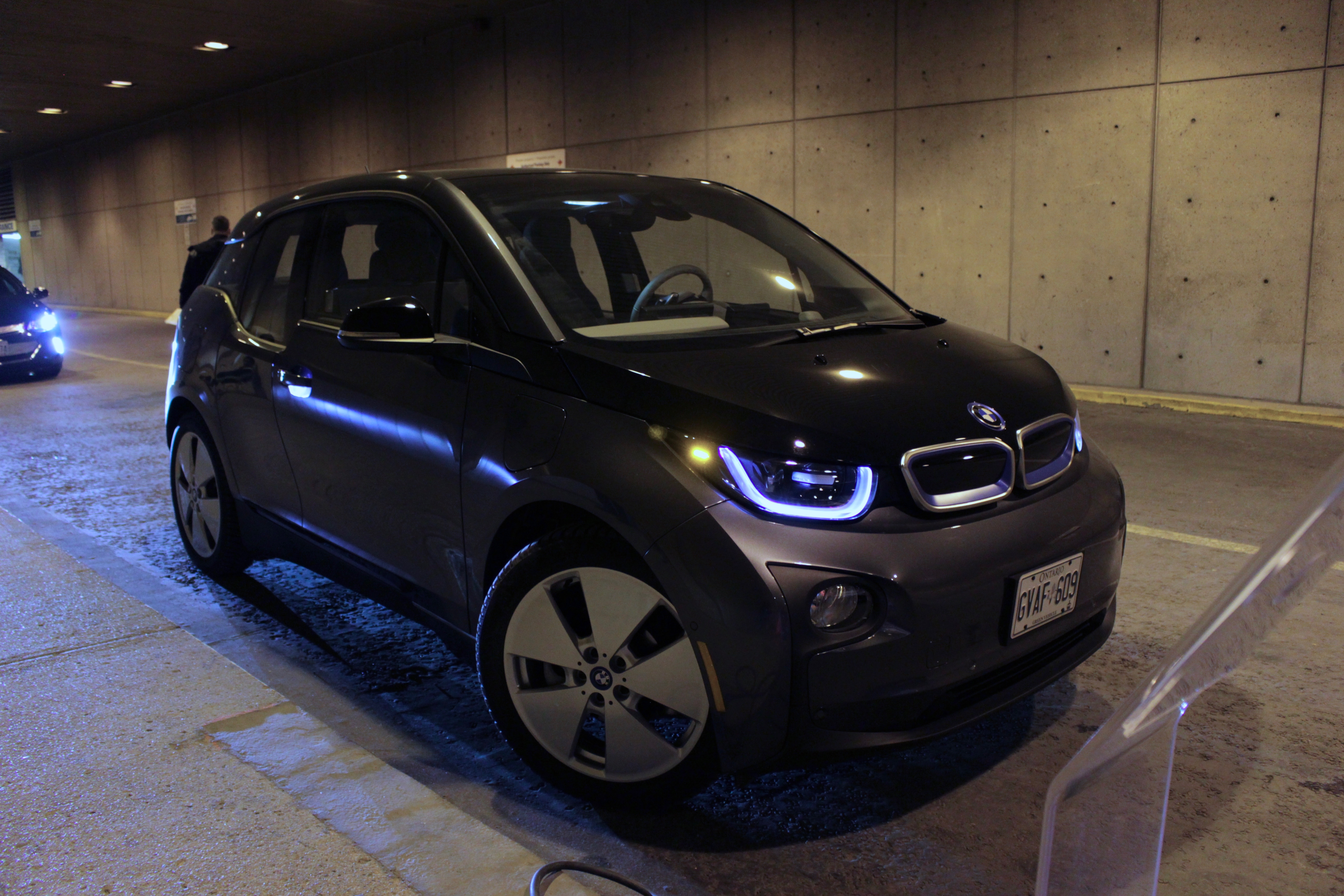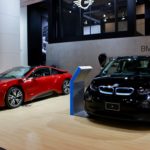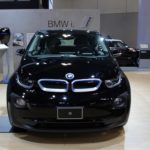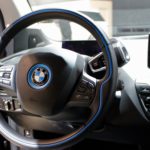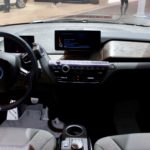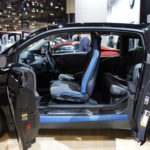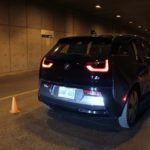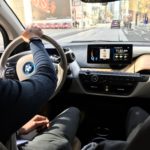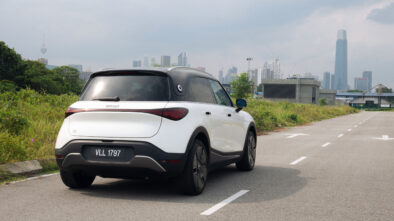Still a True BMW? 2017 BMW i3 94Ah First Drive!
BMW has been synonymous with creating fun, exciting and pretty efficient cars – however they have also been known for sticking to tradition and heritage more than other competing brands like Audi and Mercedes-Benz. It is not often that we see BMW going against the grain, however in the last decade or so, that has shifted with BMW coming up with some quirky models like the X6 and X4, some polarising models like the 5 series Gran Turismo, and sometimes downright disappointing models like the 2 series Active Tourer and Gran Tourer (from the way they look and handle).
However, when BMW announced their BMW i sub brand in 2011 and simultaneously, the BMW i3 and i8 concept back then, it was a clear departure from BMWs of yore, both models were primarily electric vehicles (the i8 was a plug in electric, while the i3 could be had as a plug in electric or a pure electric) and both were designed to be built primarily of carbon fibre. These were very uncommon at that time, especially for BMW, a brand that was known for making some of the best combustion engines and chassis out there.
The i3 was an interesting car by BMW, as it was a rear wheel drive, compact hatchback like the 1 series, however, it didn’t look like any other BMW out there. It was designed to be much taller than the 1 series, with a more upright, almost minivan like stance, and it came with trick rear suicide doors instead of a conventional 3 or 5 door hatchback system. Size wise, it was slightly more compact in comparison to a BMW 1 Series, however on the inside, it didn’t feel significantly more cramped compared to the 1 Series. Fundamentally the i3 is quite different in the way it is built, being made up of the LifeDrive module.
The Life module basically holds the shell of the car – this is the passenger cell. On the other hand, the Drive module is designed to hold the electric motor and the batteries (and the little range extender petrol engine if so equipped). In the case of the i3, the batteries are designed to sit in the base of the car for frontal and rear crash impact protection, and it is reinforced for impact protection from below the car. It also aids in lowering the centre of gravity, to improve stability and handling.
Externally, it is not tough to spot an i3. It almost looks like a fish tank on wheels, considering the large glass area, wheel in every corner and rounded off corners. It definitely looks like a car from the future. One thing interesting is that the rear hatch is made of all glass, instead of being plastic or fibreglass. Height wise, it would be fair to compare this car with something like a Kia Soul or one of the Daihatsu ‘kei cars’ like the Daihatsu Move.
One thing rather peculiar is the use of narrow tyres as opposed to having normal sized tyres. From a distance, the tyres almost look like they belong on a bike, but rest assured they are about the same width as a tyre you would find on a supermini. Because of the relative size of the i3, it makes the tyres look extremely narrow, however it doesn’t make it drive too differently, more on that later.
Coming back to the part where the frame of this car is made out of carbon fibre – BMW has done a rather amazing job with the use of modern, sustainable materials in the production of the car, without making it feel flimsy and fragile. Arguably however, material quality doesn’t feel as plush as say a BMW 7 series, nor does it meet my standards from a car of this price bracket especially when compared to its closest rival, the Audi A3 e-Tron, but they sure look interesting and different from the rest of the BMW family.
Stepping into the interior, you would be greeted by a pretty reasonable amount of space. One thing to note that is both an advantage and disadvantage are the ‘suicide doors’ the i3 has, that is, the rear doors are hinged on the rear pillar of the car, and so to actually open it, you have to open the front door first then unlatch the rear door. The rear door too is actually a half door, not a full size door. However the benefit of such setup is that you don’t have a centre pillar, meaning that when both doors are open, you have a larger aperture, which allows you to say mount a child seat easier.
The front seats will slide forward with the pull of a lever to allow for easier access to the rear seats. The rear seats, will comfortably fit two medium sized adults, but you won’t be able to seat a 3rd passenger as the middle seat is used as a fixed cup holder and there is no provision for a seatbelt. ISOFIX is standard however for both rear seats. Visibility is generally very good, the large windscreen is a nice welcome addition, however it is not overly large as the Tesla Model X and the Citroën C4 Picasso.
Pulling away in the i3, you know it is a BMW. Despite being an electric car, the i3 does have reasonably accurate steering, and the manoeuvrability and throw-ability of a regular BMW. Paired with the rear wheel drive chassis, it really feels quite nice to drive in the city. The tight turning circle helped by the skinny tyres also helps in city manoeuvrability, as well as parking the i3 – which for the most part, even without relying on the parking camera system, one shouldn’t find it any more difficult than parking a Volkswagen Golf.
One concern when the BMW i3 was launched was the use of extremely skinny (but large in terms of diameter) tyres as opposed to the more conventional wider but smaller rimmed tyres. In theory, this should make the car feel unstable, since there is less contact space with the tyres to the road. However, honestly speaking, in city speeds you don’t really feel it. We aren’t too sure about how it would perform under highway speeds as the test loop was only within the Toronto downtown area. Suspension is a little firm, but it’s typical BMW, which helps when zipping around town making the driver feel more confident when zipping in traffic. One thing to note is the i3 is designed for city conditions.
While it is possible to do long distance road trips in the i3, especially in the Range Extender (REx) variant, however the lack of power beyond the 70-80 km/h compared to the 0-60km/h sprint is apparent. It is not sorely lacking in power, in fact, far from it. However it is definitely lacking in top end power, having said that, it is not a Tesla Model S (nor is it trying to be). In regards of that, passing power may be limited in the case of the i3 at highway speeds.
I was personally expecting some wheel spin even in the dry when pulling away from traffic lights, due to the instant torque from the electric motor but there was none – this is thanks to the fact the motor is rear mounted and the same applies for the placement of the range extender engine. Noise wise, the i3 is generally quiet. There is minimal whirring noise, but that is it. However, many of its often cheaper competitors like the Chevy Bolt (review up soon) and Nissan Leaf are quieter by comparison, especially in terms of tyre roar from the run flat tyres.
Equipment wise generally varies based on the market. Here in North America, for the most part, you would start off by choosing if you want the 60Ah (lower battery capacity) or the 94Ah version, with or without the range extender. From there, you then choose your trim line. There are in general 4 different trims which for the i3, BMW is calling them Worlds. The base is the Deka World, followed by the Mega World, Giga World and finally the Tera World which is the flagship i3. The base model comes with the following standard features
• BMW i Style 429 19” rims
• black mirror caps
• LED headlights
• power folding mirrors
• dark cloth upholstery
• Kenaf dash and door panels
• heated and manually adjustable front seats
• 50:50 split folding rear seats
• BMW Navigation Business with TeleServices and Bluetooth
• Tire pressure monitoring system
• Cruise Control
• Auto Dimming Rear View Mirror
• Automatic lights and Wipers
• climate control
• comfort access
• garage opener
• park distance control – rear
• BMW remote services
• BMW Assist eCall
• LED daytime running lights
• 6 airbags
The Mega, Giga and Tera World basically alters the kinds of trim you get as well as the upholstery – i.e the Mega introduces the Mega Carum Spice Grey Sensatec & Carum Spice Grey Cloth, the Giga introduces 19″ BMW i Light Alloy Turbine wheel (Style 428), Light Eucalyptus Wood Trim and Giga Cassia Nature Leather & Carum Spice Grey Wool Cloth and finally the Tera gives us the BMW i Light Alloy Turbine wheel (Style 428) and adds Tera Dalbergia Brown Full Natural Leather upholstery and Dark Oak Wood trim.
You then go on to pick your colour (metallic paint is available as a cost option), followed by packages and options. Among the packages available are the Parking Assistant Package (self parking technology, reversing camera, front and rear parking sensors) as well as the Technology and Driving Assistant Package, which includes the more advanced Professional Navigation and semi-autonomous driving technology like adaptive cruise control. All BMW i3s come with the trickle charger cable but an optional charging station is available from BMW that reduces the full charge time to 3.5 hours.
In terms of value, the relatively high standard feature count makes the i3 quite well specified. One could technically just get a Deka World i3 and be perfectly happy with it. However one does have to ask themselves if they really need a small electric (non REx, 60Ah battery) hatchback for $48000. Granted for the same amount of money, one could get a more spacious BMW 3 series or a similarly sized MINI, or outside of the BMW Group, a fully loaded Audi A3 e-Tron for less money. Not to mention, the whole range anxiety is another story altogether.
For a first drive, the i3 is impressive but is not perfect. But one thing is for sure, considering this was BMW’s first attempt, it is still a pretty polished product and more importantly, it still is a BMW deep down.
Story & photos by Kapil Haresh.

